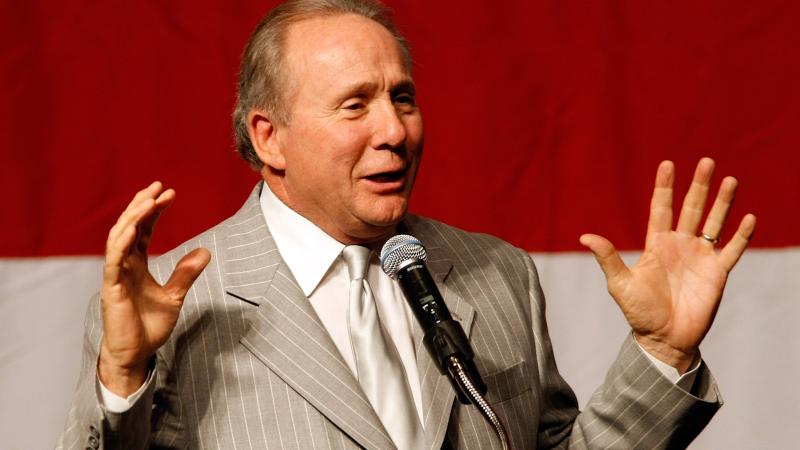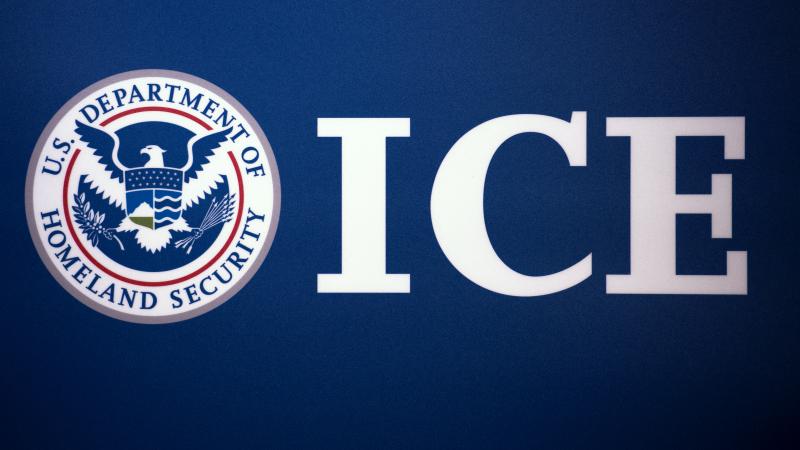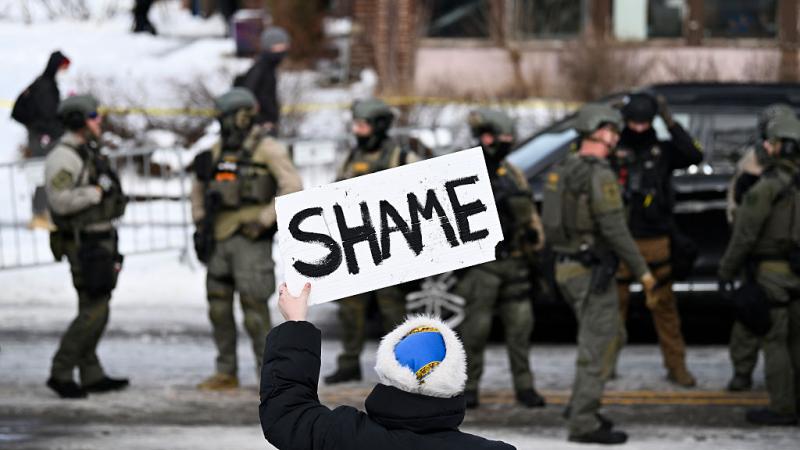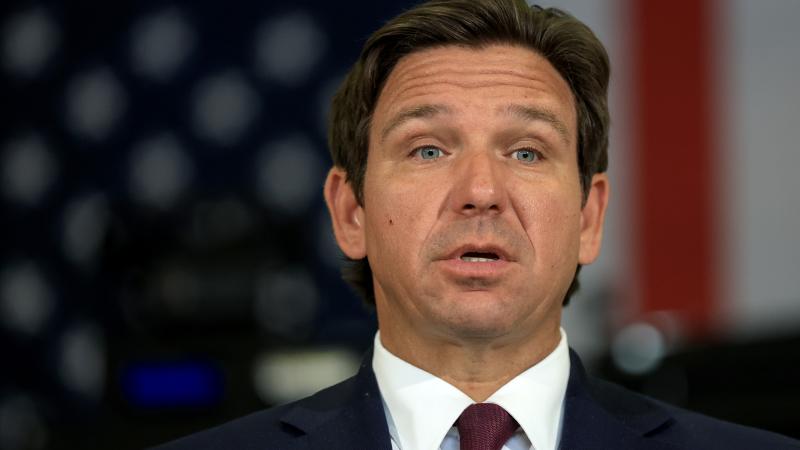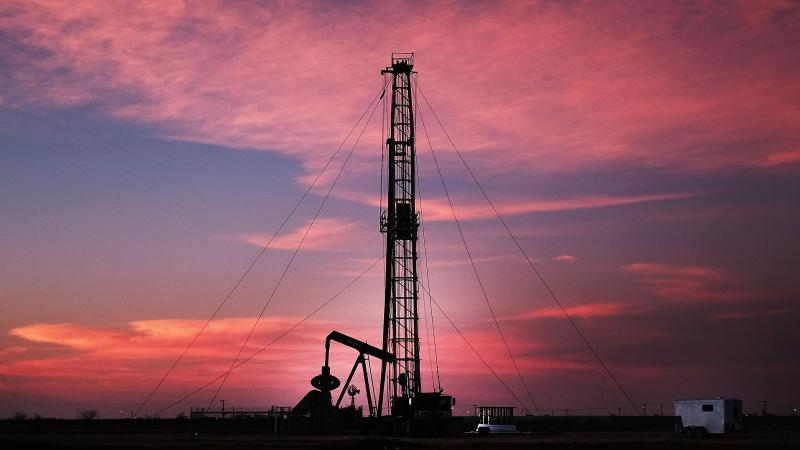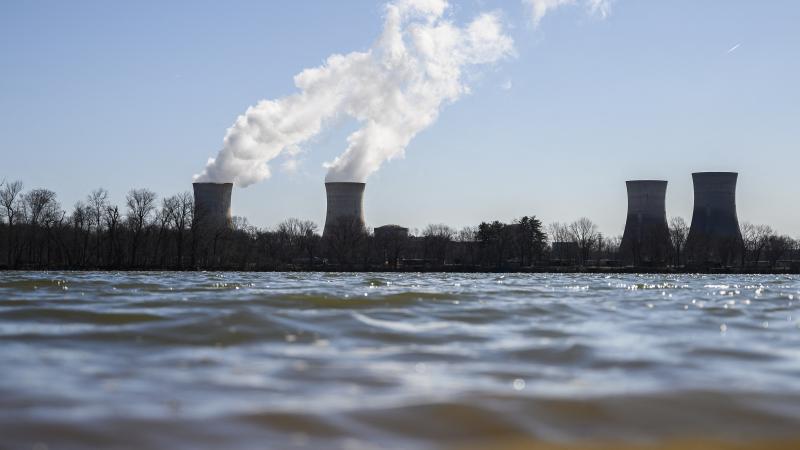Bad blood, botched oaths and bird droppings: A brief history of anomalous Inaugurations
The inaugural ceremony for President-elect Joe Biden and Vice President-elect Kamala Harris will be secured by roughly 25,000 troops from the National Guard bureau and will be closed to the public at large.
The time-honored tradition of swearing in American presidents on the grounds of the U.S. Capitol dates back to 1801.
While it's not the first time that the ordinary pomp and circumstance of a peaceful transition of presidential power has been interrupted, the 59th presidential inauguration will look like no other.
The ceremony for President-elect Joe Biden and Vice President-elect Kamala Harris will be secured by roughly 25,000 troops from the National Guard and will be closed to the public at large.
Though inaugurations symbolize the beginning of a president's tenure, William Henry Harrison's came to symbolize the end, as well. In 1841, the ninth president of the United States contracted pneumonia during his outdoor inauguration and died in office just 31 days into his term. The first president to die while in office, Harrison's is the shortest presidential term in American history.
In 1877, President Rutherford Hayes became the nation's 19th president during a private swearing-in that took place in the Red Room of the White House. The hotly contested election of 1876 led to many threats on Hayes' life, prompting a secret ceremony.
America's 36th president, Lyndon B. Johnson iconically took the oath of office aboard Air Force One in Dallas, Texas following the shocking assassination of President John F. Kennedy on Nov. 22, 1963.
Historian Jason Steinhauer told "Just the News AM" host Carrie Sheffield that prior to 1937 — the year of President Franklin Roosevelt's second inauguration — the Constitution mandated that presidential terms ended on March 4th following a presidential election year.
The 20th Amendment to the U.S. Constitution, which was adopted in January 1933, changed that date to Jan. 20th.
Many changes to this year's inauguration come as a result of the coronavirus pandemic as well as increased physical security following the breach of the U.S. Capitol on Jan. 6th.
Drew Juden, former director of the Missouri Department of Public Safety, told the host of "Actionable Intelligence" Eric Greitens that authorities' focus should be on quality intelligence gathering and sharing in the days leading up to Inauguration Day.
With President Donald Trump's announcement that he will not be attending the inauguration for President-elect Joe Biden, he is set to become the first president in over 150 years to leave high office without attending his successor's swearing-in ceremony.
Two of the three previous instances involve the same political family. The first sitting president to lose reelection, John Adams did not attend the inauguration of Thomas Jefferson in 1801. Instead, Adams opted to depart Washintgton early on the morning of Inauguration Day to commute to his home in Quincy, Mass. Incidentally, President Trump will likely land at Mar-a-Lago at about the time the oath of office will be administered to Biden.
In 1829, President John Quincy Adams skipped the inaugural of incoming President Andrew Jackson. The pair had a long and adversarial history worsened by a bitter election cycle four years earlier that ended with the House of Representatives' unprecedented vote to elect Adams as the country's sixth president.
President Andrew Johnson, the first president to be impeached by the House of Representatives, did not attend the inauguration of President Ulysses S. Grant in 1869.
Among the strangest facts about past inaugurations is the detail that incoming President Richard Nixon paid nearly $13,000 to spray chemical bird repellent along the parade route to ensure no pigeons would poop into the new executive's open top limousine. It is reported that dead birds lined the street throughout most of the parade route.
On several occasions, the administering of the oath of office created fodder and controversy over the legality of presidential swearings-in.
In 2009, President Barack Obama botched the recitation of the oath. Ultimately, Supreme Court Chief Justice John Roberts and President Obama conducted the routine a second time to ensure the validity.
In 1929, Supreme Court Chief Justice and former president William Howard Taft fumbled the words to the oath he had once taken himself during the inauguration of President Herbert Hoover. A student reportedly noticed the error and sent the Chief Justice a letter notifying him of the mistake. Taft penned a letter back arguing that he had in fact recited the oath correctly, though eventually admitted that he had flubbed.

